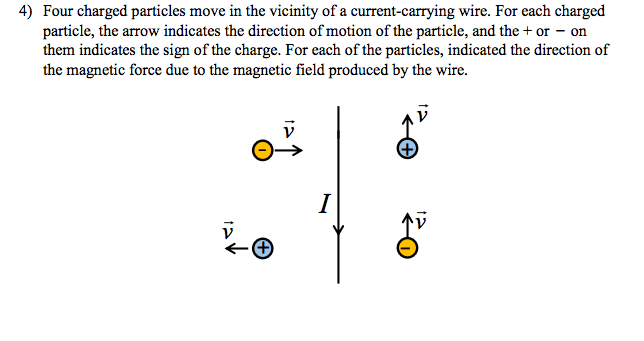
In general, a test-particle approach had been used to investigate particle acceleration by magnetic reconnection.

The strong induced electric field in the magnetic reconnection region is very efficient in directly accelerating charged particles during solar flares. It is widely accepted that magnetic reconnection plays a significant role in converting magnetic energy into heating, the bulk motion of the plasma, and particle acceleration ( Priest & Forbes 2000 Biskamp 2000). The physics of the acceleration of a large number of charged particles to high energy still remains an open question, although many different mechanisms have been studied (e.g., see Zharkova et al. Solar flares are the manifestation of the energy release process in the solar corona, and a large fraction of the released energy is transferred into energetic ions and electrons ( Lin et al. Key words: acceleration of particles / magnetic reconnection / Sun: flares Finally, we also investigated the influences of the parameters for the reconnection process on the spectral feature. The softer components of the power-law spectrum are due to the particles that are trapped and circulate around magnetic islands, while the particles that escape and are partly trapped contribute to the harder component of the spectrum. The energy spectra for both species follow a double power-law shape. With the presence of a guide field, protons and electrons are found to eventually move in different directions. Particle motions show two distinct types along different trajectories: some particles are trapped around magnetic islands, and some escape from the current sheet mainly along open field lines. We found that some particles can be accelerated to high energies in a very short time, and some particles (near the coalescence reconnection site) are accelerated and decelerated back and forth by the primary and secondary electric fields. We studied particle acceleration in such a current sheet and examined in detail the dynamic properties of electrons and protons in the current sheet through test particle approach. The electric field induced by the coalescent reconnection is opposite to the electric field of the primary large-scale reconnection. Coalescent reconnection consequently takes place between two adjacent islands when merging occurs. Two reverse processes are typically observed in the sheet: cascading of large islands to smaller ones, and merging of small islands into larger ones. The long current sheet produced by the disruption in the corona magnetic field is usually not stable to various plasma instabilities, among which the tearing mode is the most important, and magnetic islands start to form in the current sheet when these instabilities develop. We investigate particle acceleration by magnetic reconnection in the current sheet, including multiple islands and a guide field. Although we know that magnetic reconnection is an efficient mechanism in generating energetic particles, the detailed role it plays in accelerating particles is still unknown.Īims. Charged particles are accelerated to high energies in solar flares. ChinaĤ School of Tourism and Geography, Yunnan Normal University, 650031 Kunming, PR ChinaĬontext.

Including author names using non-Roman alphabets.Suggested resources for more tips on language editing in the sciences Punctuation and style concerns regarding equations, figures, tables, and footnotes


 0 kommentar(er)
0 kommentar(er)
